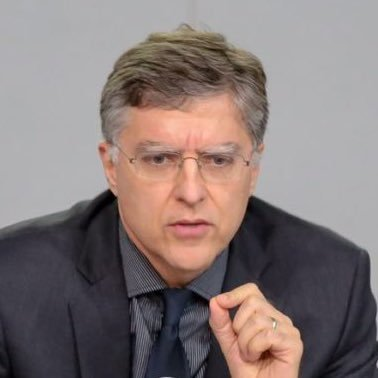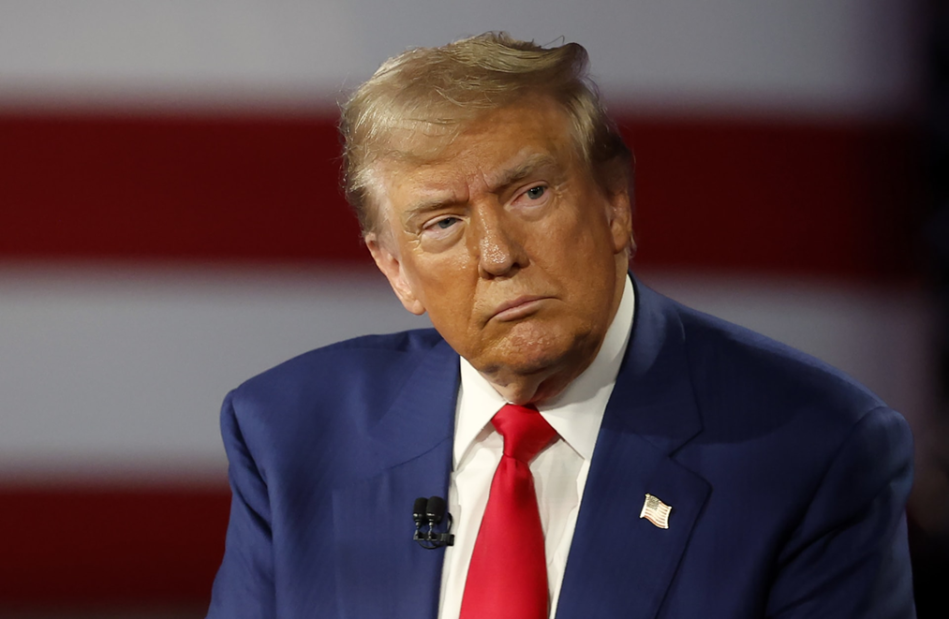The World Bank warns of a global crisis in debt repayment of emerging economies

Marwa Shaheen - Beth:
Marcelo Estevao, Director General of Macroeconomics, Trade and Investment at the World Bank, said that in recent weeks, the Russian invasion of Ukraine has exacerbated global economic risks. In addition to high inflation, slowing growth, and tightening financial conditions, there is a fourth element This combination could make for an explosive, the rising debt of emerging market and developing economies.
"Together, these economies account for about 40% of global GDP," Estevao added. On the eve of the war, many were already on a flimsy footing, and the coronavirus crisis had pushed total indebtedness, which has risen over the past 10 years, to a 50-year high - the equivalent of more than 250% of government revenue. About 60% of the world's poorest countries were either already in debt distress or at high risk. Debt servicing burdens in middle-income countries have reached their highest level in 30 years, oil prices have risen steadily, and interest rates have risen around the world.
In such circumstances, historical experience shows us that another surprise is all that is needed to ignite the crisis, and in recent weeks the Ukrainian war has immediately cast a bleak shadow on the future prospects of many developing countries that are major importers of primary commodities or rely heavily on tourism or Transfers. Across Africa, for example, external borrowing costs are rising: bond spreads have risen by 20 basis points, on average. Suddenly, countries' accounts of high debt, limited reserves, and soon-to-come payments are very different: Sri Lanka, for example, last week preferred to consider entering into an IMF-supported program in the face of heavy debt-servicing burdens.
Developing economies will be unable to service their debts during the coming year:
Over the next 12 months, Stefaw added, up to a dozen developing economies could be unable to service their debts. This is a large number, but it would not constitute a global debt crisis, for it would not resemble, for example, the Latin American debt crisis in the 1980s, nor would it resemble the more than 30 unsustainable debt cases that prompted the creation of the Heavily Indebted Poor Countries Initiative (HIPC). HIPC) in the mid-1990s, but remains large, the largest wave of debt crises in developing economies in a generation.
And he continued, “If these crises occur, they will transform the global landscape. Thirty years ago, developing economies owed most of their external debt to other governments - that is, official bilateral creditors - and almost all of them are members of the Paris Club, but this is not the case today: at the end of By 2020, the debt of low- and middle-income economies to trade creditors is five times what it was to bilateral creditors, and this year, only $5 billion will go to Paris Club creditors out of about $53 billion that low-income countries will have to repay in debt service payments. public and guaranteed by governments. In addition, most debt in developing economies now has floating interest rates, which means that it can rise suddenly, as is the case with interest rates on credit card debt.”
But the main global mechanisms available today for addressing debt crises were not designed to deal with these conditions, so we have to update them.
The G-20 has played a critical role in this process over the past two years. With the outbreak of the Corona pandemic, and at the request and urgency of the World Bank and the International Monetary Fund, the Group of Twenty quickly established the Debt Service Payments Suspension Initiative, which brought together members of the Paris Club and others to provide about 13 billion dollars to suspend debt payments to about 50 countries. But the initiative was a temporary safety net that expired at the end of 2021, at a time when the economic recovery from the Corona pandemic was losing momentum.
In the wake of the initiative's termination, the G-20 developed a common framework for debt treatment other than the initiative itself. So far, only three countries have applied to join the framework, and progress in restructuring their debt has been slow, sending an entirely wrong signal to other countries with unsustainable indebtedness, many of which have refrained from seeking relief Debt is precisely because of slow progress: it fears that the activation of the Common Framework will cut off their access to private capital without resuming bilateral credit flows.
Joint Efforts: A Vital Necessity to Avoid a Global Debt Crisis:
In this context, Estefan says, in practice, the common framework is the only option available and can and must be improved in time to provide meaningful relief to countries that need it, and the World Bank and the International Monetary Fund have put forward a roadmap for this problem:
First, establish a clear timetable for what should happen upon implementation: for example, a creditors' committee should be formed within six weeks.
Second, suspend debt service payments to official creditors for the duration of the negotiations for all countries applying to join the Common Action Framework.
Third, evaluate the standards and procedures for comparability of treatment methods and clarify the rules for their implementation
• Fourth, to expand the eligibility requirements for the Common Framework, which are currently limited to 73 of the poorest countries, to include other highly indebted and at-risk lower middle income countries as well.
In conclusion, Estefan added that the world has long adopted a very weak approach to resolving debt crises in developing economies, where the provision of debt relief assistance has been too little or too late, and it is time to adopt an approach fit for the twenty-first century, an approach based on initiative rather than response Action, an approach that prevents the outbreak of the crisis in the first place.



